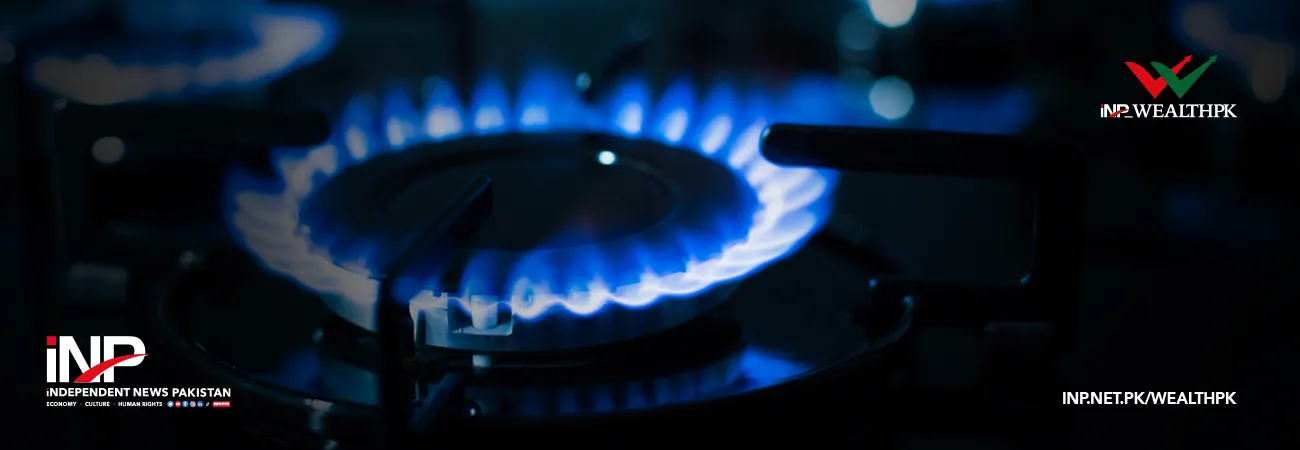INP-WealthPk
Amir Khan
The industrial sector has been confronting the persistent challenge of meeting its growing demand for natural gas, especially during the winter, thus widening the supply-demand gap, said Akhter Ali, District Officer at the Minister of Industries and Production, during a discussion with WealthPK. “Over the previous year, domestic natural gas production reduced 5 percent. Imported natural gas now accounts for approximately 25% of the country's total natural gas consumption. This arose due to the supply of subsidized gas to the fertilizer sector, raising questions about the efficiency of the energy sector and its environmental implications,” he said. Despite these challenges, the government allocated Rs150 billion in the previous year for subsidized gas to the fertilizer sector, he further said. Moreover, Akhtar emphasized that industries such as cement, textiles, ceramics, glass, and steel had been adversely affected by the unavailability of natural gas. The fertilizer sector alone consumes roughly 20 percent of the natural gas supply, and its technological and equipment inefficiencies contribute significantly to energy costs and environmental concerns.
Continuing, he said this sector's demands had put substantial pressure on the overall supply of natural gas, leading to supply shortages, disruption in independent sectors, increased greenhouse gas emissions, and elevated fertilizer costs, which adversely impacted the agricultural sector's growth. He said persistent supply shortages had affected gas-dependent industries and their smaller counterparts, leading to shortages, increasing production costs, and causing a host of other related issues. “To address gas shortage and tackle the issue of circular debt, the State Bank of Pakistan has recommended eliminating gas subsidies and encouraging the private sector’s involvement in the LNG market. This move is expected to create an efficient LNG market, fostering competition and optimizing the utilization of industrial resources, potentially accounting for 23% of the total natural gas market,” he said. “If the government phases out the urea subsidy, it should consider importing urea to conserve natural gas for other industries. The number of domestic gas consumers has increased from 10.3 million to over 10.7 million, demonstrating nationwide growth in the consumer base.
However, a substantial portion of these consumers still lack access to gas for even basic cooking purposes,” Akhtar added. He said the Sui Southern Gas Company (SSGC) distribution loss stood at approximately 18.28 percent, while the Sui Northern Gas Pipeline Limited (SNGPL) reported losses of up to 12.32 percent. These figures exceed the benchmark line losses of 2-3% in the gas industry. To address this issue, the government must attract more investment in distribution and transmission systems, implement policies to minimize line losses and establish an efficient infrastructure to ensure a reliable and sustainable gas supply for consumers. Concluding, he said shortage of natural gas has had a significant impact on the industrial sector. To mitigate these challenges, the government must explore alternative energy sources, allocate resources judiciously, and promote energy conservation practices. Such measures will contribute to fostering sustainable growth and development in industries such as textiles, ceramics, glass, and steel.
Credit: INP-WealthPk













